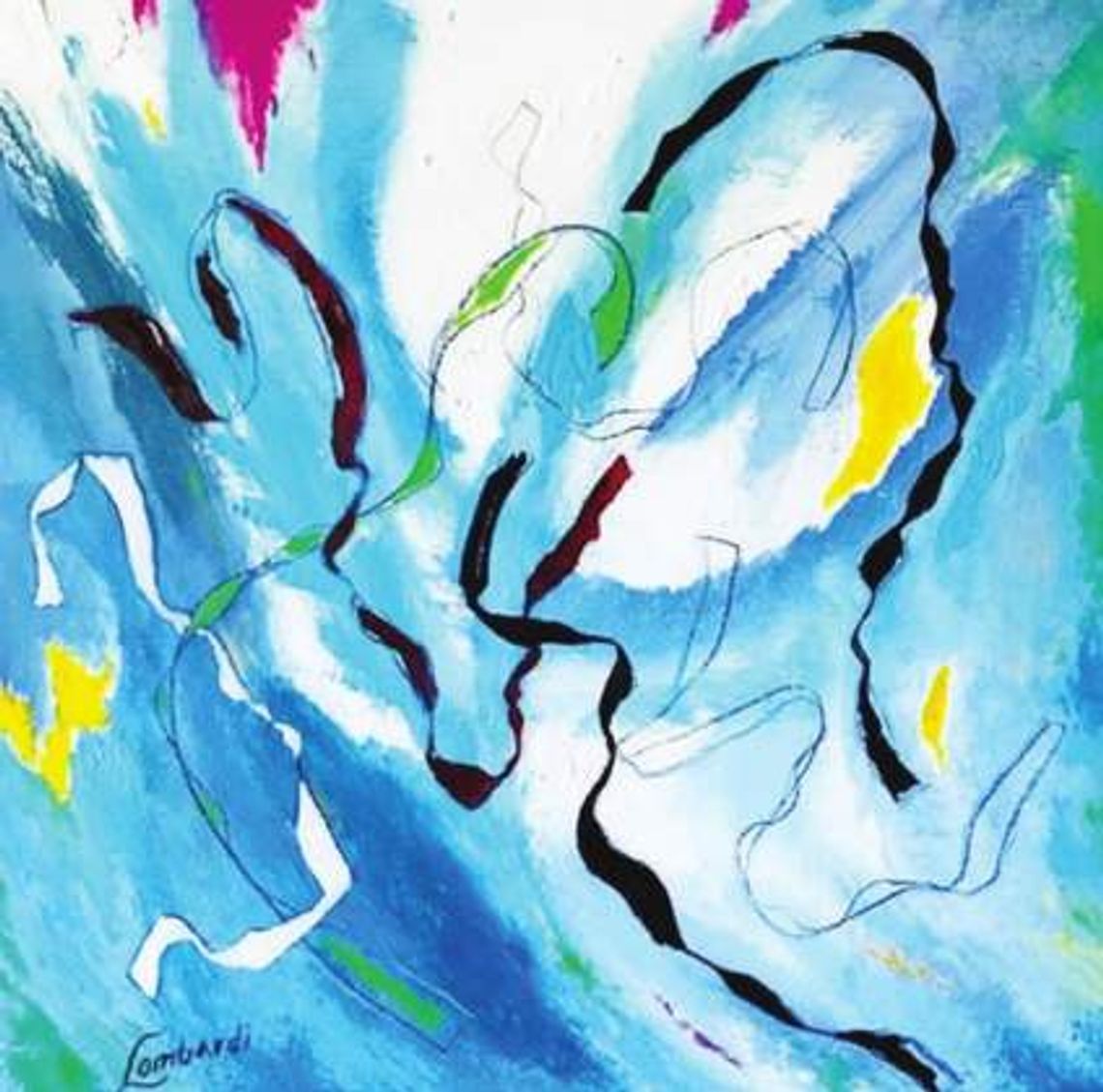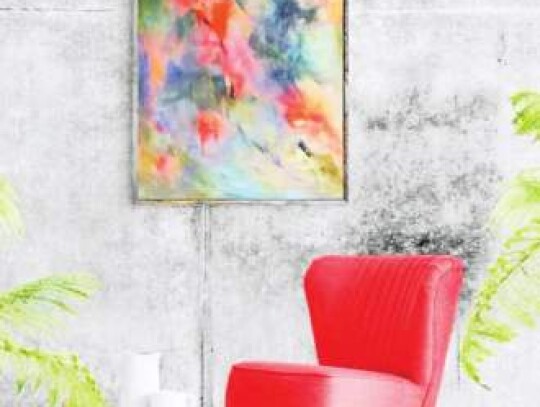Find that signature painting – the one that starts the conversation – by enjoying a cup of coffee while taking in the calming abstract images of Paula Lay inside at The Dienger Trading Company in Boerne or by visiting Helotes Art Gallery and Bob Lombardi’s body of abstract impressionistic works.
You have probably heard it said that a lot of modern art looks like it was created by a kindergartner. No doubt the speaker had in mind Abstract Expressionism, the style of painting that dominated the art world from World War II until the 1960s.
The Abstract Impressionists did not intend to create recognizable images of the world around us. Their canvasses were to reflect their own struggle to find meaning in the act of painting in a world where a camera could show what things actually looked like.
Also referred to as the New York School, Abstract Expressionism marked an important historical shift. After World War II, Paris was no longer the center of the art world. Abstract Expressionism, the first internationally celebrated art style to emerge from the American art scene, was championed by many as an expression of American individualism.
Through abstract art, the artist is not trying to recreate the look of things here in the real world. In other words, it’s abstract art.
It was during the years surrounding World War II that the term “expressionism” entered the picture. It was the artist’s job to express the truth of the human condition, even when that truth was not very pretty. What was the source of the artist’s search for truth? For many, the answer was inside the artist’s own psyche, in the subconscious, where the fears and desires that shape our behavior are found.
By the early 1900s, painters who used bold lines and colors to express feeling in their work were already being called Expressionists. When artists began to combine abstraction and expressionists, it made sense to call their work Abstract Expressionism, and it brought together a number of long-term artistic trends.
The invention of photography in the 19th century had called the value of painting into question. Gradually, painters sought ways to show what the camera couldn’t, to depict not just what we experience, but the way we experience it.
It took a few decades for these ideas to catch on in the United States. While some American painters were receptive to European influence, others thought they should focus on depicting American life in an easy, recognizable style. In an era haunted by images of concentration camps, communism and nuclear war, just after World War II pastoral scenes no longer seemed relevant. It was referred to by some as the “Age of Anxiety” for those who appreciated art that expressed conflict and uncertainty.
Like us on Facebook. Visit our website often at www.hccarts.org. Send inquiries to president@ hccarts.org.
HCCArts Calendar
• Hill Country Arts Foundation’s “Matilda” is scheduled through August 6. Ronald Dahl’s “Matilda, the Musical” is based on the book by Dennis Kelly with music and lyrics by Tim Minchin. It will be performed in the outdoor theater at 120 Point Theatre Road in Ingram and runs Friday and Saturday nights at 8:30 p.m. Call 830-367-5121 for tickets.
• Hill Country Arts Foundation announces a summer fiber workshop for kids. HCAF has partnered with Rhode Island School of Design alumnus Tina Melo, a former New York design director and fashion analyst, to offer a fashion design curriculum for children that is infused with Montessori principles. It’s art and fashion design for all ages!
Two separate workshops are scheduled with children ages 5-9 from 9 a.m. to noon and children ages 10 and older from 1 to 4 p.m. The cost is $150 each with a $25 supply fee. The location is 120 Point Theater Road in Ingram. Call 830-367-5121 or visit www.hcaf. org for information.
• HCCArts Art AfterHours 2022
Series 5 classes begin July 26 and are scheduled from 7 to 9 p.m. Tuesdays in the comfort of The Classroom at the AgriCultural Museum and Arts Center, 102 City Park Road, Boerne. The cost is $35 each session with discount with membership. Class descriptions and limited registration at www.hccarts.org/workshops.
• July 26: Sublimation Printing.
Sublimation printing is printing on paper and transferring the image to an object. We will design our imagery on paper using sublimation ink, and through the process of heat transfer the image to a substrate. If you have wanted to try this popular process, this class is your chance to do so.
• August 2: Sand Candles.
Learn old-world techniques of candle making. Create a one-of-a-kind pour candle through a process using a mold made from sand. It’s a perfect accessory for a summer evening. We will use soy wax in the traditional methods of candle making to create original personalized candles complete with color and scent.
• August 9 & 16: Faux Cameo parts 1 & 2.
• August 23: Gel Plate Transfers.
• August 30: Felt Making.








Comment
Comments